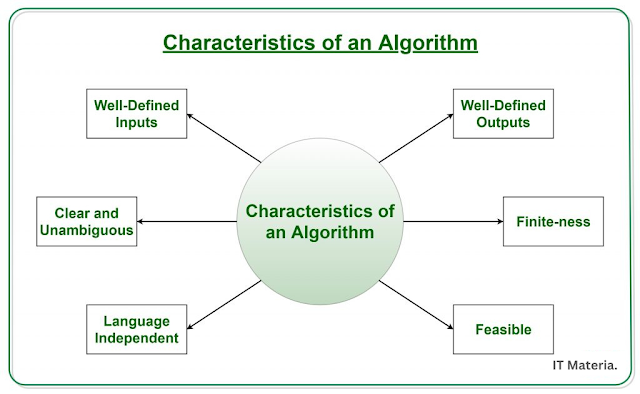Algorithms are step-by-step procedures or sets of rules designed to solve specific problems or perform specific tasks. They are fundamental to computer science and play a crucial role in various fields, including mathematics, data analysis, artificial intelligence, and programming.
An algorithm can be seen as a well-defined sequence of instructions that takes input, performs computations or operations, and produces an output or desired outcome. Algorithms can range from simple and straightforward to highly complex, depending on the problem they are designed to address.
Efficiency is a key consideration when designing algorithms. An efficient algorithm aims to solve a problem or perform a task with the least amount of time, memory, or computational resources. Various techniques and strategies, such as divide and conquer, dynamic programming, and greedy algorithms, are employed to optimize algorithmic efficiency.
Algorithms can be classified into different categories based on their purpose and behavior. Some common types of algorithms include sorting algorithms (e.g., bubble sort, quicksort), searching algorithms (e.g., binary search), graph algorithms (e.g., Dijkstra's algorithm, breadth-first search), and machine learning algorithms (e.g., decision trees, neural networks).
The analysis and study of algorithms fall under the field of algorithmic theory or algorithm analysis. Researchers and scientists constantly work on developing new algorithms, improving existing ones, and analyzing their performance and complexity.
Algorithms are the backbone of many technological advancements and applications, such as search engines, recommendation systems, computer graphics, optimization problems, and cryptography. They enable computers to solve complex problems efficiently and provide solutions for a wide range of practical and theoretical challenges.
___________________________________________________________________________________
Algorithms are step-by-step procedures or sets of rules designed to solve specific problems or perform certain tasks. They are fundamental in computer science and are used to process, manipulate, and analyze data. Algorithms can be as simple as sorting a list of numbers or as complex as solving intricate mathematical problems. Here, I will explain some commonly used algorithms in more detail:
1. Sorting Algorithms:
- Bubble Sort: It repeatedly compares adjacent elements and swaps them if they are in the wrong order until the entire list is sorted.
- Insertion Sort: It builds the final sorted array one item at a time by comparing each item with the already sorted portion of the array and inserting it in the correct position.
- Merge Sort: It follows the divide-and-conquer approach, recursively dividing the list into smaller sublists, sorting them, and then merging them to obtain a sorted list.
- Quick Sort: It also uses the divide-and-conquer approach. It selects a pivot element, partitions the list into two sublists (elements less than the pivot and elements greater than the pivot), and recursively sorts the sublists.
2. Searching Algorithms:
- Linear Search: It sequentially checks each element in a list until a match is found or the entire list has been traversed.
- Binary Search: It requires a sorted list. It compares the middle element with the target value and continues the search in the lower or upper half of the list, discarding the other half each time, until the element is found or the list is empty.
3. Graph Algorithms:
- Depth-First Search (DFS): It explores a graph by traversing as far as possible along each branch before backtracking. It is often used for topological sorting, finding connected components, and solving maze-like problems.
- Breadth-First Search (BFS): It explores a graph level by level, visiting all the neighbors of a node before moving on to the next level. It is useful for finding the shortest path in an unweighted graph.
4. Dynamic Programming:
- Fibonacci Sequence: It uses the concept of memoization to efficiently calculate the nth Fibonacci number by storing previously calculated results.
- Knapsack Problem: It solves a problem where items have certain values and weights, and the goal is to maximize the value of items in a knapsack with a limited weight capacity. It uses dynamic programming to find the optimal solution.
5. Machine Learning Algorithms:
- Linear Regression: It models the relationship between a dependent variable and one or more independent variables by fitting a linear equation to the observed data points.
- Decision Trees: They create a model in the form of a tree structure, where each internal node represents a feature, each branch represents a decision, and each leaf node represents an outcome.
- K-means Clustering: It partitions a dataset into k clusters based on similarity measures, aiming to minimize the sum of squared distances between data points and their corresponding cluster centroids.
These are just a few examples of algorithms across various domains. There are countless other algorithms designed to solve specific problems or optimize specific tasks based on different requirements and constraints.


